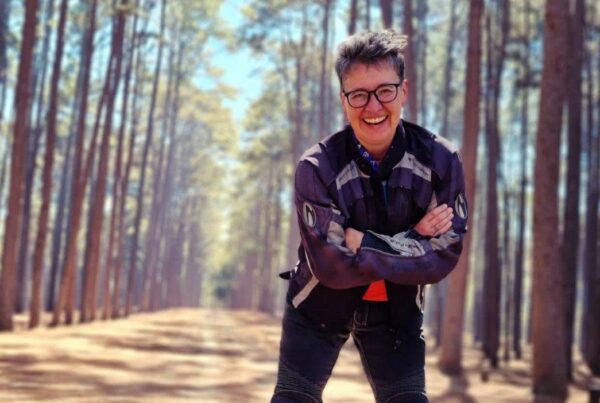By Anna Teresa Kopacz
I’ve practiced yoga, fast reading, visual meditation,
I’ve practice in 21-day structures to change habits,
I’ve practiced dance routines for competitions,
I’ve even practiced reciting and memorizing a poem.
I continue to practice listening, authentic communicating, and showing up on time.
I have yet to practice the essence of practicing together until now. Until my participation in the Source Design Practice Group hosted by Springhouse. While many practices (as those mentioned above) provide spaces where others gather to practice together, it has been a rare experience (maybe never, as far as my conscious knowing goes) for me to practice being in a practice together, as I now come to know it. A practice that entails vulnerability and expansion through the experience to another level all together.
Two months ago, I joined a group of 13 individuals dispersed across the globe to practice bringing Source Design Principles into my life. And from the beginning it was evident to me that this group would be a support of my ups and downs along the journey. With safe holding and courageous mending, I would find my place amongst others who were facing similar experiences in their unique shades.
What I did not expect was a new practice all together — the practice of practicing together. This experience has been exclusively embedded in peer-mentorship — a building block of Source Design for cultivating regenerative culture, where personhood is at its core (see image for full visual).
To date my impression of peer mentorship was blurred by a disdain and limited image. A bilateral exchange around encountered experiences, faced challenges and reiteration of practices amongst the peers distinctive lives. Included would be a subliminal feeling that one peer would be an object of lesser experience and in need of expertise and/or knowledge of the other. These roles ideally interchanging through the course of time.
The plot twist, however, comes here with the specific story of my peer-mentorship with Paul.
Our peer-mentorship created no distinctive elevation of our knowledge and experiences — we drew the knowing from the very moment in questions. And what is now a regular practice, we come into a dedicated space to practice together being at the height of our own experiences.
Without a descriptive framework and assignment, we created the space for this practice, beginning with laying out the perimeters of what we wanted in the practicing relationship and so what would it need to entail to make that happen.
In place over time: For us that meant coming together via a weekly call beyond the practice group timeframe. Instead defining a timeframe that felt good to us, with room to shift and modify, as we did 2 months in and extended our calls to “…for as long as we feel the conversation is being nourishing and felicitous.”
A spiritual practice: Each conversation became a spiritual practice, with an open space between us to flow in with what is present. In many (if not all) cases, bringing forth topics of depth, importance and closely linked to matters of our place in the world as beings, as contributors to the shaping of our environment, of our relationships and the grief of our own relation with ourselves.
Aligned community: we built alignment amongst us and practiced an understanding that I am in practice in this relation : I do not need to know the answers nor am I expected to
My peer mentor is also in practice, it does not mean he will know. It does not mean he will not know or understand my experience of practice and could (not) provide valuable insights and new perspective through attentive questions.
Questions are more important than answers, drawing on deeper and deeper layers of our ourselves and our practice of being in and with ourselves.
Critical judgment does not have a place in the relationship. However, thoughtful reflections are invited.
The way we have been and are continuing to show up is a whole new practice in itself. It asks us to practice in our sharing space, being in practice with each other. Many of the conversations and thoughts shared are for the first time, that give experience to go out and practice further and ripple out to other relations. Most significantly and radically to the traditional spaces of practice, I’ve seen the space bring forth our most unseen and undernourished parts of yourself. As a result, the practice space is where we get to practice together letting these parts of ourselves be seen, witnessed and practiced in their expanding fullness.
The practice to show up in the personhood, to practice showing up in the practice together is continual. And I am grateful for being able to do it with another and be encouraged to be in practice with others.



